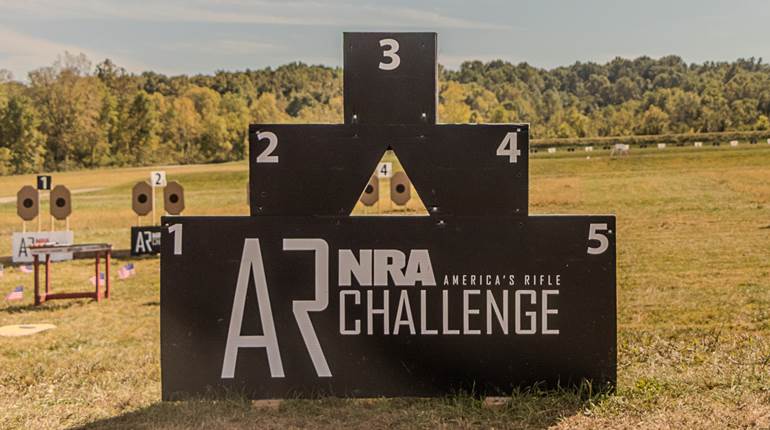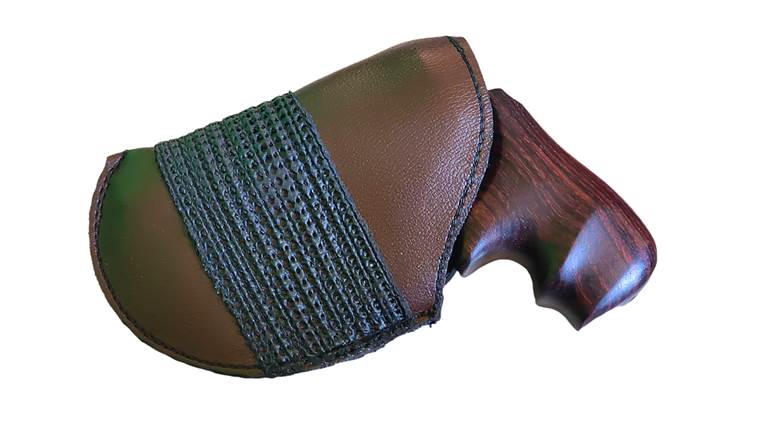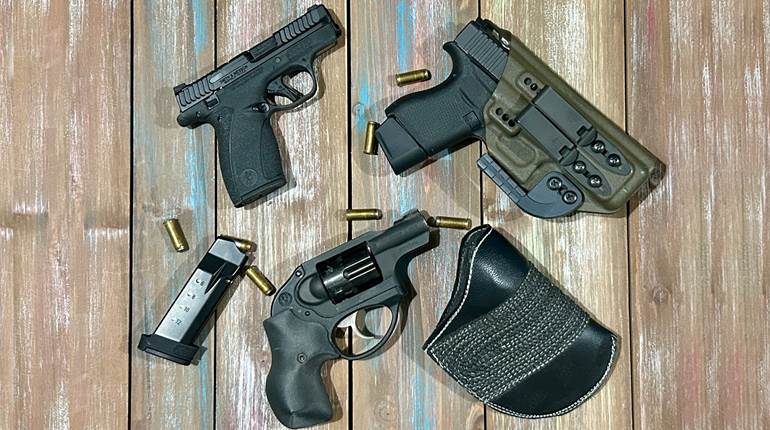
It is an established pattern. Every year, a new group of shooters comes along with an interest in firearms. Sometimes, the interest may be a function of the many shooting sports that have grown up in recent years. For other folks, the interest stems from being just plain worried about their safety and their family's.
Americans have also always had an interest in owning and using guns, and that goes back to the days when the Founding Fathers codified the right do so into the Constitution. This is a unique situation in the modern world—only in America. Simply stated, there is an unending supply of beginners. I believe that many new shooters get a less-than-ideal start in the shooting sports, and I would like to offer some thoughts as to possible solutions.
The marketplace for firearms, plus their ammunition and accessories, is huge. At no other time in the ongoing history of personal firearms have we had the great assortment of makes, models, styles and calibers so readily available. From a semi-automatic pistol that's small enough to fit in a pocket to a massive revolver capable of dispatching a big bear, it's there for the asking. Naturally, those who manufacture and market pocket pistols and massive revolvers want you to choose their product over all others. Products are not necessarily limited to just the gun.
The accessories market is also very broad—with cases, holsters, cleaning gear, sighting equipment and a great variety of stuff that is at least handy and sometimes essential. Most of all, there is ammunition and everything having to do with ammo.
You might be able to get by without the time and expense of handloading, but if you are a shooter, you must have ammunition. If you can accept the major premise of my argument, you may need far more ammo than you realize. I believe the equipment involved with the shooting sports is getting more attention than the skillful use of that equipment.
It is possible that a gun owner might get so intrigued by the quality and quantity of neat shooting gear that he or she could lose sight of the goal. The goal is hitting the target—be it steel plate, bowling pin or paper bullseye. As with knitting needle, tennis racket or banjo, marksmanship doesn't automatically come with better gear. You cannot buy skill, but you can develop it on your own.
At the beginning of your interest in the sport, you need help from a qualified instructor. In the case of the handgun, put yourself in the hands of a qualified NRA instructor and learn safety, then the basics of grip, stance, breathing, sight alignment, trigger control and follow through.
Let's say that you follow my advice and start with a typical .22-cal. handgun, revolver or semi-automatic. After your initial training, limit every practice session to no more than 50 rounds and record your scores—good and bad. Don't change anything until your scores level out—no more improvement. At this point, change your equipment in some small way. Maybe a change to a plain black front sight is in order.
Keep up the recording of scores, so when the scores improve, you may conclude the new sights are probably involved. In similar fashion, try other improvements one at a time. Also, I'll repeat a principle from the early writings of Jeff Cooper. The dean wanted his students at Gunsite Academy to shoot no more than 1,000 rounds in a 5.5-day course. But he insisted that every round be fired carefully. It can be done, and it does work.
In the process of working your way conscientiously through this routine, you will be developing a gradually increasing level of skill. Experience grows slowly, and as it does, you will also be developing a fund of knowledge as to what works and what doesn't. The major point that I want to make is to avoid this business of trying to buy your way to mastery of the handgun. Accept that patience and steady work on simple principles will prevail.























![Winchester Comm[94]](/media/1mleusmd/winchester-comm-94.jpg?anchor=center&mode=crop&width=770&height=430&rnd=134090756537800000&quality=60)
![Winchester Comm[94]](/media/1mleusmd/winchester-comm-94.jpg?anchor=center&mode=crop&width=150&height=150&rnd=134090756537800000&quality=60)












